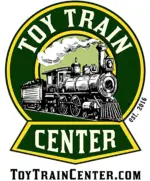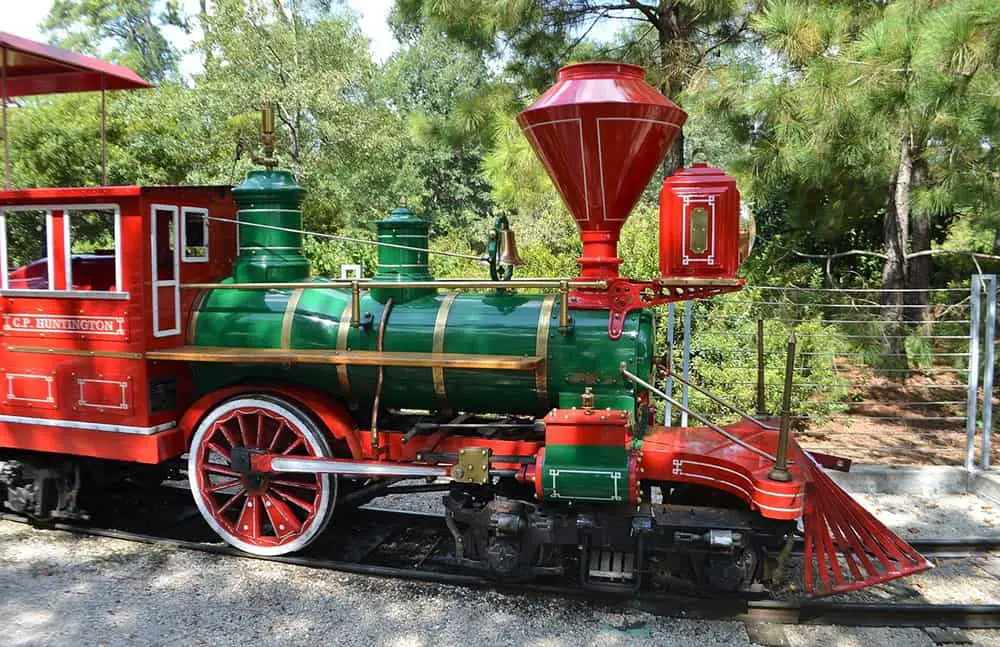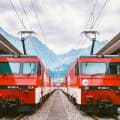Trains make lots of cool sounds! From the thundering “chug-chug” of the steam engine to the tremendous sonic boom caused by the Shinkansen trains, there is no short order of sounds to discuss. But what common sounds do trains make that we can look out for? There are a few easy to spot ones. From the horn to the sound of the engine, they are all signature sounds of the train.
Some dedicated railway enthusiasts have very gifted ears and can tell you which train just passed by the sound of the horn alone. This article isn’t going to give you that talent, but it will give you some things to look out for.
Tunnels
One of the most common sounds you might hear from the train is when it passes through a tunnel. The faster trains will create a “whoosh” sound as they pass through the tunnel at speed. This is due to the air being displaced and forced out both ends of the tunnel quickly. This sound can be even more impressive when you are traveling on high-speed trains, such as the Shinkansen. They are going so incredibly fast that they create a sonic boom when exiting the tunnel. If you are standing nearby this can be very dangerous for your ears. If you were to have your house built next to a Shinkansen tunnel, your windows would not last very long.
Setting off
When you hear a train set off, you may a slight “whoosh” sound, like air escaping from a canister. This might be because the train employs air brakes. These air brakes are meant for emergencies and they spray compressed air towards the wheel to stop it moving quickly. They can also seep air out when the train starts moving. You may also hear the standard breaks unclamping, contributing to the sound.
You can read more about these emergency air brakes here.
Steam train
You will probably recognize the traditional “chug-chug” noise that a steam train makes. This can be caused by the billowing smoke making its way out of the chimney. The smoke comes from the fire used to heat the water tank, while the smoke is released in great plumes into the sky. This is what you are hearing.
All the bells and whistles
Trains create all sorts of noises, some of them are to serve a purpose, some are simply a product of the many processes taking place that makes the train move. The most common noise you will probably here is the train’s horn. This horn is used just like it is on a car, to let people know the train is coming. Train drivers will use their horn when approaching level crossings, or when they spot a potential hazard in the distance. Train horns are very loud because they need to alert people very far away. Trains move quickly, so there isn’t much time to get a warning out.
Conclusion
Hopefully, you have learned something new about the noises trains make. If you are hoping to become one of those people that can identify a particular train by the horn alone, good luck. It takes a huge amount of practice, it is no small feat. If you want to learn more about the noises trains make, specifically the uses of their horn you can find some cool info here.






